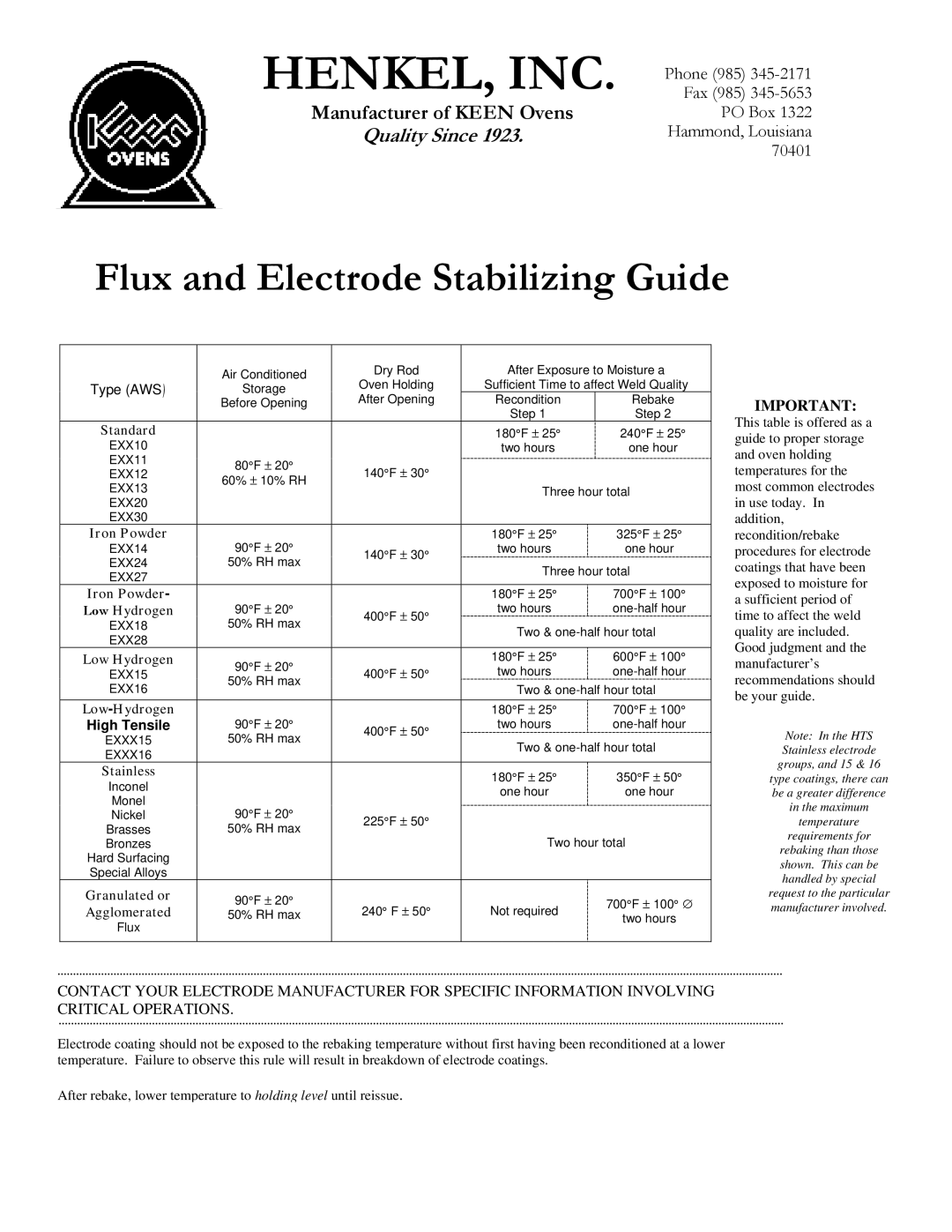K-50 specifications
Henkel K-50 is a well-esteemed product in the realm of industrial adhesives, particularly known for its exceptional performance in bonding applications across a range of materials. This adhesive is part of the broader portfolio of Henkel, a leader in adhesive technologies with a legacy of innovation and quality.One of the main features of Henkel K-50 is its versatility. It effectively bonds various substrates, including plastics, metals, wood, and rubber. This makes it an ideal solution for different industries, including automotive, aerospace, electronics, and consumer goods. Its ability to bond dissimilar materials allows manufacturers to streamline their production processes by relying on a single adhesive solution.
Henkel K-50 is primarily characterized by its ease of application. It comes in a user-friendly format, allowing for accurate dispensing during production. This is crucial for maintaining efficiency and minimizing waste, particularly in high-volume manufacturing settings. The adhesive is often available in various packaging options, including cartridges and bulk containers, to suit different production scales.
Another significant technological aspect of Henkel K-50 is its fast curing time. The adhesive is formulated to develop strong bonds quickly, reducing downtime in manufacturing and speeding up overall production. This property is particularly beneficial in assembly line environments where time efficiency directly impacts operational costs.
The adhesive's resistance to various environmental conditions is also noteworthy. Henkel K-50 exhibits strong resistance to heat, moisture, and chemicals, ensuring enduring performance in challenging applications. This characteristic is vital for industries that demand durability, allowing products bonded with K-50 to withstand rigorous conditions without compromising bond integrity.
Additionally, Henkel K-50 is designed to meet various regulatory standards, ensuring that it is safe for use across different applications. This compliance with industry regulations reflects Henkel's commitment to safety and quality, aligning with best practices in manufacturing.
In summary, Henkel K-50 is a highly versatile industrial adhesive that stands out due to its fast curing time, ease of application, and resilience to environmental factors. Its ability to bond a wide array of materials makes it an indispensable solution for manufacturers seeking reliable and efficient adhesive technologies. With Henkel's reputation for quality, K-50 continues to be a preferred choice for numerous bonding applications across various sectors.

